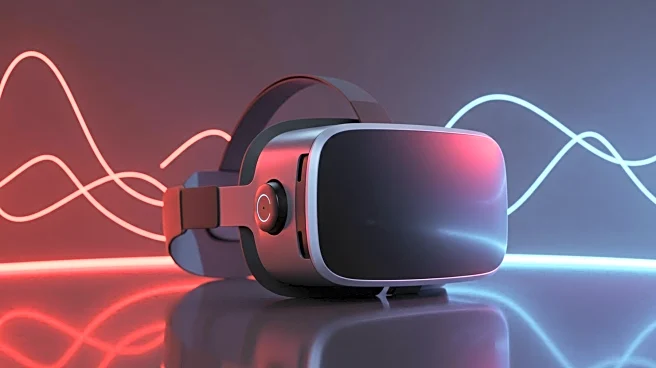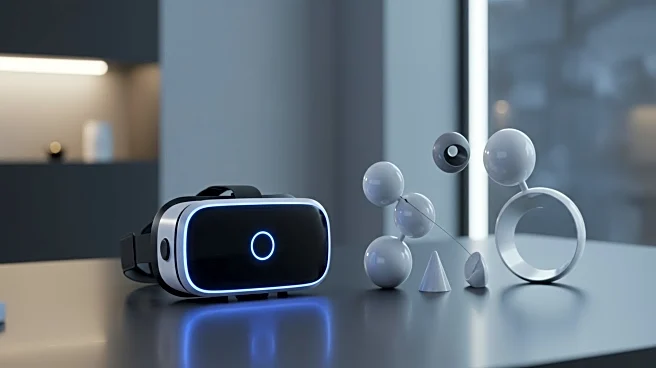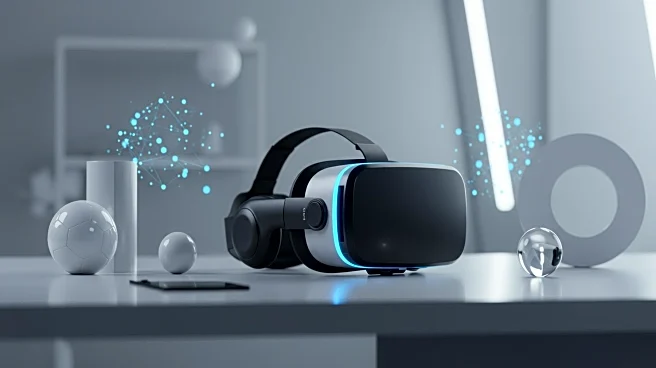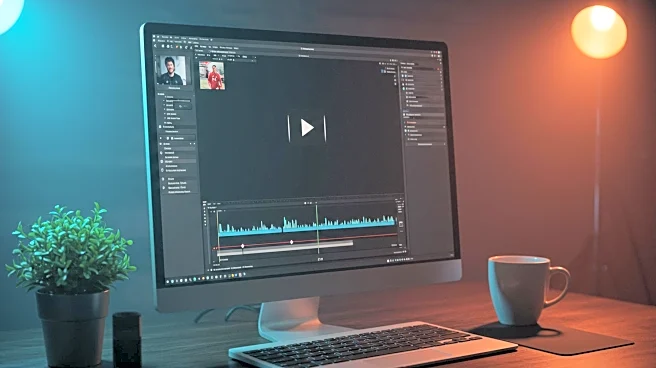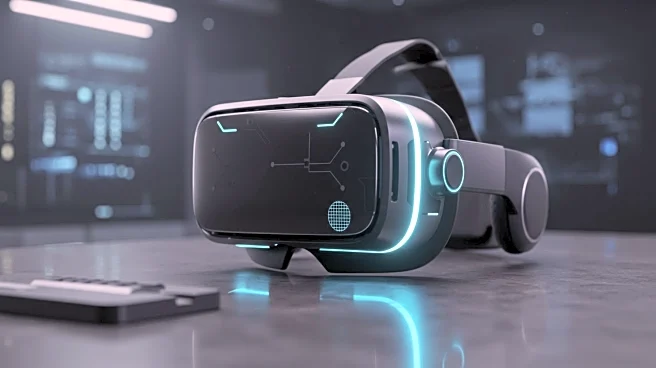Rapid Read • 8 min read
Meta has introduced the Boba 3, a prototype virtual reality headset that significantly enhances the field of view, offering a more immersive experience. The Boba 3 was showcased at SIGGRAPH 2025, demonstrating a field of view that covers approximately 90% of human vision, compared to the 46% coverage of the Quest 3. This advancement is achieved without compromising the form factor, maintaining a design similar to the Quest 3. The Boba 3 utilizes advanced pancake lenses and 4K LCDs to deliver a high angular resolution, providing a clearer and sharper image across a wide field of view. This development marks a significant breakthrough in VR technology, as it enhances immersion by allowing users to perceive virtual environments more naturally, with minimal distortion at the edges.
AD
The introduction of the Boba 3 prototype represents a pivotal moment in the evolution of virtual reality technology. By expanding the field of view, Meta addresses a long-standing limitation in VR headsets, enhancing the user's sense of presence and immersion. This advancement could have significant implications for various industries, including gaming, virtual meetings, and remote work, by providing a more realistic and engaging experience. The ability to maintain a wide field of view without increasing the headset's size or weight could set a new standard for future VR devices, potentially influencing market trends and consumer expectations. However, the challenge remains in balancing the increased computational demands with the limitations of current standalone VR systems.
While the Boba 3 is not yet a commercial product, its development suggests potential future directions for Meta's VR offerings. The decision to bring such a device to market will depend on overcoming technical challenges, particularly in terms of computational power and cost. Meta's focus on standalone headsets powered by mobile chipsets presents a hurdle, as the increased field of view requires more processing power to render additional pixels and maintain high performance. Future advancements in eye-tracked foveated rendering and neural upscaling could help mitigate these challenges. The industry will be watching closely to see if Meta decides to incorporate the Boba 3's innovations into its consumer product line.
AD
More Stories You Might Enjoy
